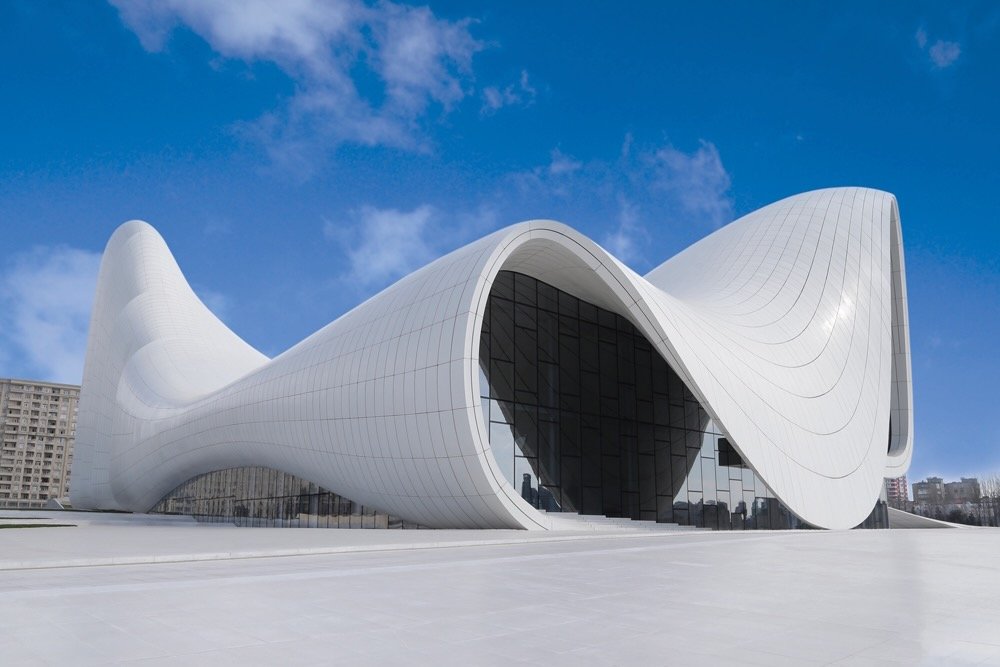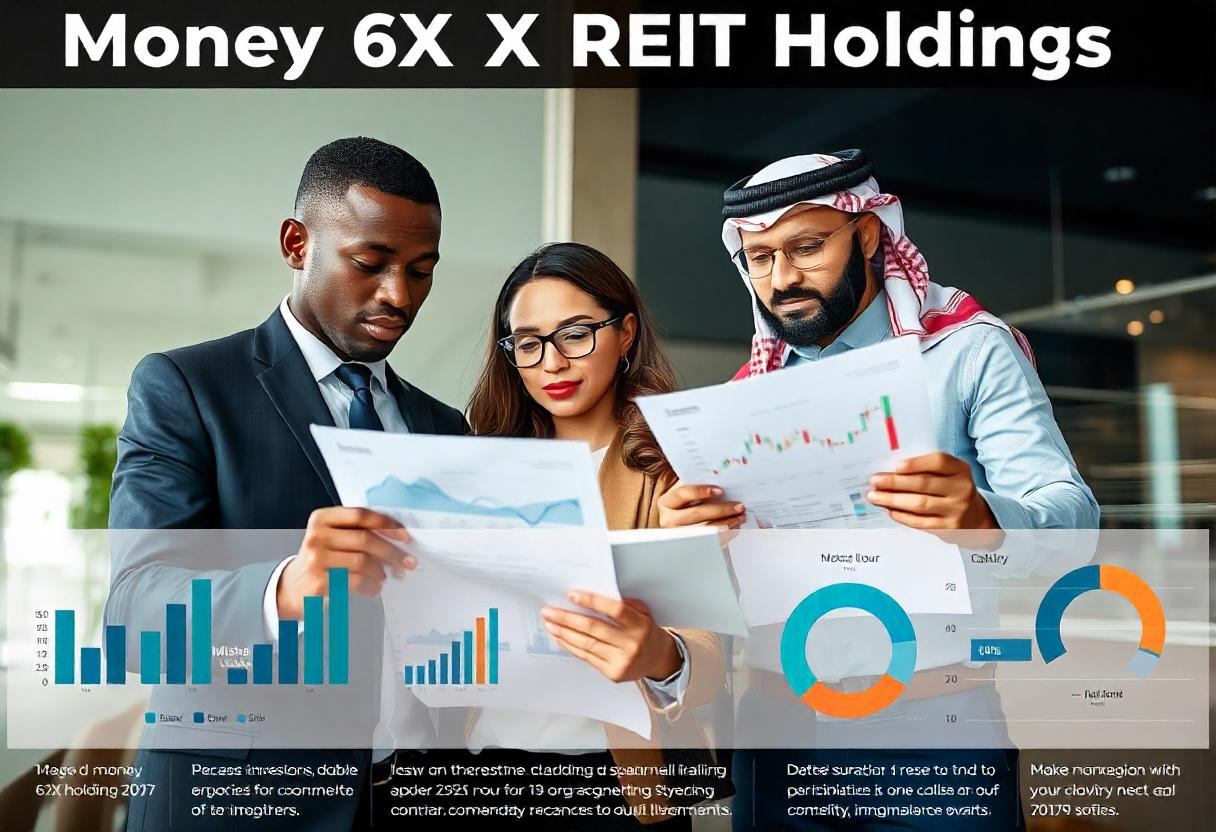Chronophotography, the study of motion captured in sequential images, has influenced architecture in profound and innovative ways. By integrating this dynamic representation of time and movement, architects have redefined structural design and space perception. This article delves into the fascinating interplay between architecture and chronophotography, exploring its origins, applications, and future potential.
Understanding Chronophotography: A Foundation for Innovation
Chronophotography, developed in the late 19th century, was pioneered by figures like Étienne-Jules Marey and Eadweard Muybridge. Originally used to study human and animal movement, it laid the groundwork for motion picture technology. Architects, inspired by this visual exploration of time, began reimagining how motion could influence spatial designs.
- Chronophotographic Technique: Capturing successive frames to depict motion.
- Key Innovators: Étienne-Jules Marey’s motion studies and Eadweard Muybridge’s photographic sequences.
- Influence on Design: Dynamic representation of time informs spatial transformations.
Impact on Architectural Philosophy
Chronophotography reshaped architectural philosophy by challenging static notions of form. It prompted the idea that buildings and spaces could embody movement, creating dynamic, interactive environments.
How Chronophotography Shapes Modern Architecture
Architecture influenced by chronophotography focuses on fluidity, temporal dynamics, and human interaction. Key aspects include:
Dynamic Forms Inspired by Motion
Architects mimic motion captured in chronophotography by creating flowing, dynamic structures.
- Buildings appear to “move” through curved lines and organic shapes.
- Designs emphasize continuity and spatial fluidity.
- Structures like Zaha Hadid’s works reflect movement and transition.
Time as a Spatial Dimension
Chronophotography influences the incorporation of time as a design element, enabling:
- Flexible spaces that adapt over time.
- Interactive features responding to human activity.
- Time-inspired aesthetics that evolve with usage.
Material Innovations Reflecting Temporal Ideas
Architects use materials that transform with light or movement to echo chronophotographic concepts:
- Reflective surfaces creating illusions of motion.
- Kinetic facades responding to environmental changes.
- Glass and metal emphasizing light and shadow play.
Pioneering Architects and Landmark Projects
Several architects have embraced principles rooted in chronophotography to create iconic designs.
Santiago Calatrava’s Dynamic Structures
Santiago Calatrava incorporates motion and biomimicry, echoing chronophotography’s influence:
- Turning Torso (Sweden): A twisting skyscraper reflecting human movement.
- World Trade Center Transportation Hub (New York): A structure symbolizing flight and flow.
Zaha Hadid’s Visionary Designs
Zaha Hadid’s futuristic works reveal inspiration from temporal and dynamic elements:
- Heydar Aliyev Center (Azerbaijan): Seamless curves reflecting fluidity.
- MAXXI Museum (Italy): Layered spaces evoking the movement of time.
Applications in Urban Planning
Urban spaces influenced by chronophotography integrate motion and time, improving functionality and aesthetics.
- Transit-Oriented Designs: Efficient pathways reflecting natural movement.
- Interactive Public Spaces: Parks and plazas adapting to human flow.
- Temporal Landscapes: Seasonal or time-based installations enhancing urban life.
Technologies Enhancing Chronophotographic Influence
Advances in technology have amplified chronophotography’s role in architecture:
- 3D Motion Capture: Simulating human movement for design.
- Parametric Design Software: Enabling fluid, adaptive forms.
- Augmented Reality (AR): Visualizing motion-based designs during planning.
Chronophotography’s Role in Sustainability
Integrating chronophotographic principles promotes sustainable design practices.
- Optimizing Natural Light: Dynamic facades reducing energy consumption.
- Responsive Materials: Structures adjusting to environmental conditions.
- Circular Spaces: Adaptive reuse reflecting temporal needs.
Notable Benefits of Chronophotography-Inspired Architecture
Chronophotography’s influence fosters several architectural advancements:
- Enhanced Aesthetic Appeal: Dynamic forms captivating audiences.
- Improved Functionality: Adaptive, user-focused designs.
- Timeless Innovation: Incorporating movement for enduring relevance.
Challenges in Implementation
While promising, architecture influenced by chronophotography poses challenges:
- Cost of Innovation: Advanced materials and designs can be expensive.
- Technical Complexity: Translating motion into structures requires expertise.
- Preserving Practicality: Balancing aesthetics with usability.
Future Prospects of Architecture Influenced by Chronophotography
The future promises exciting developments as architects continue to explore motion and time. Possible advancements include:
- Artificial Intelligence (AI): Predicting movement patterns for optimized designs.
- Smart Materials: Adapting surfaces that respond to motion and environment.
- Expanded Applications: Beyond structures, influencing interiors and furniture.
Case Study: Chronophotographic Design in Action
Project Overview: “Kinetic Pavilion” by an emerging architectural firm integrates chronophotographic concepts.
- Key Features:
- Rotating panels reflecting human interaction.
- Time-lapse visuals projected on the structure.
- Impact: Showcased motion-inspired aesthetics and user engagement.
Steps to Incorporate Chronophotography in Architectural Design
Adopting chronophotography involves several crucial steps:
- Analyze Motion: Study patterns and sequences relevant to the project.
- Choose Materials: Opt for flexible, dynamic options.
- Implement Technology: Leverage software for parametric modeling.
- Test Interactivity: Ensure responsiveness aligns with user behavior.
Architecture Influenced by Chronophotography
Architecture influenced by chronophotography captures the spirit of time, motion, and innovation. By combining artistry with technology, it transcends conventional designs, offering futuristic spaces that inspire creativity and sustainability.
Also read: Game Mods Lync Conf: Revolutionizing Your Gaming Experience
FAQs
What is chronophotography, and how does it relate to architecture?
Chronophotography captures sequential images of motion, inspiring dynamic and time-oriented architectural designs.
Which architects are influenced by chronophotography?
Architects like Zaha Hadid and Santiago Calatrava have drawn inspiration from motion and temporal dynamics, creating innovative structures.
How does chronophotography improve urban spaces?
It enhances functionality and aesthetics by incorporating motion patterns, flexible designs, and responsive public areas.
Can chronophotography contribute to sustainability?
Yes, by integrating adaptive materials and optimizing light and energy use, it supports eco-friendly architecture.
What challenges do architects face with this approach?
Cost, technical complexity, and balancing aesthetics with functionality are common challenges.



